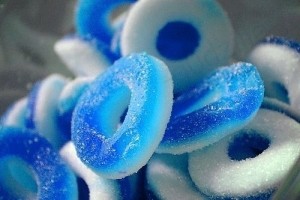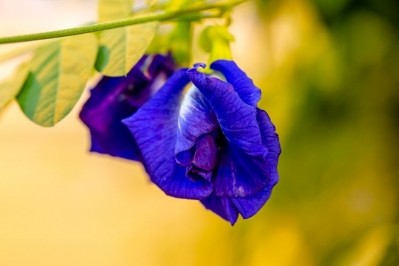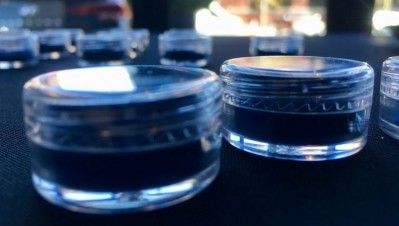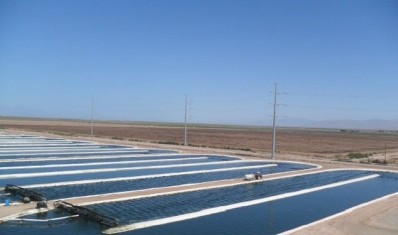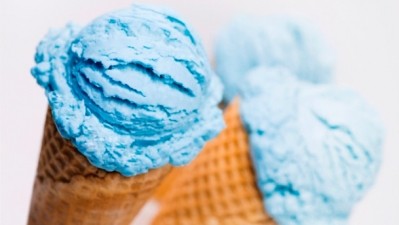WILD Flavors: Our fruit-juice based natural blue color was around in the US long before spirulina got the green light
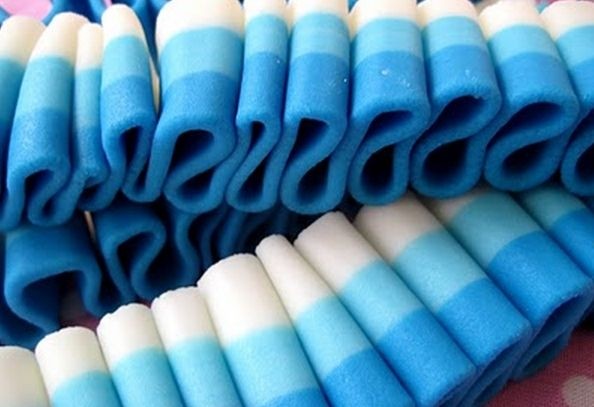
WILD Flavors associate director of colors, Chad Ford told FoodNavigator-USA that WILD’s natural blue color “consists of a blend of fruit juices, namely watermelon and huito [a south American fruit called Genipa Americana].”
He added: “From a technical perspective, spirulina [which is derived from algae] has limited use for food products. It tends to settle out in acidic beverages and is not overly heat stable. WILD’s acid stable blue color can span the pH range of food and beverage products, is stable to light, and is very stable to heat.”
We have large and mid-size CPG companies using it a variety of applications
As a result, WILD’s blue color - which is stable in a pH range of 2.5-8.0 and can be used in everything from soft drinks to alcoholic beverages, bakery, confectionery, dairy products, dressings and marinades - “continues to make major strides with consumer packaged goods (CPG) companies worldwide”, he claimed.

He added: “We have large and mid-size CPG companies using it a variety of applications from beverages to confections, through to yogurts and snack products.” It comes in liquid or powder form, is water soluble and GMO-free and has a “clean taste and smell”.
WILD developed its natural blue color years ago to fill the gap in the US marketplace
But is it a good replacement for the synthetic color FD&C Blue #1 (‘brilliant blue’)?
For example, talking to FoodNavigator-USA last week, Mars Inc said it filed its petition to get spirulina extract approved to color candy and gum last year because “there has previously been no suitable naturally sourced color that can be used to make green and blue confectionery that meets our consumers’ expectations”.
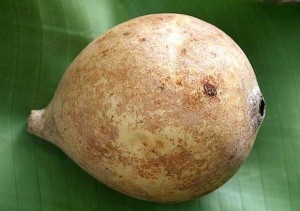
According to Ford, however, “WILD’s blue color poses a desirable alternative to both FD&C Blue #1 and Blue #2”.
But he added: “It definitely has a more natural hue closer to Blue #2. This enables one to achieve attractive vivid blue shades without the artificial look. We can also create beautiful shades of green and purple as well.”
The company noted: “WILD developed its natural blue color years ago to fill the gap in the US marketplace for the entire portfolio of natural colors for food and beverages, contrary to the belief that there has been no natural blue color in the US until now.”
Mars Inc: Before spirulina, no naturally sourced color to make green and blue confectionery met our consumers’ expectations
So what is the regulatory status of WILD’s blue color, and why are some companies hailing spirulina as the first ‘FDA-approved’ natural blue given that WILD’s product has been on the US market since 2009?
Probably because spirulina's regulatory status has been formally acknowledged by the FDA, say experts.
For example, the FDA approval of spirulina extract as a blue color for gums and candy comes in response to a petition submitted by Mars in January 2012 to get it added to the FDA’s list of color additives exempt from certification (which is how so-called ‘natural colors’ are classified).
As such, spirulina extract now has its own separate regulation (21 CFR 73.530).
However, WILD’s natural blue color fits into a different sub-category of fruit-juice-based color additives exempt from certification (21 CFR 73.250, which you can read here), says WILD.
WILD has taken the appropriate steps to ensure the blue color is safe and indeed meets 21 CFR 73.250, including the consultation of third party industry experts
Asked whether WILD had reached out to the FDA to check that using juice from the Huito fruit as a color additive complies with 21 CFR 73.250 and whether it had received a letter from the FDA confirming this, Ford said: “The FDA clearly defines in the regulation what is allowed as a fruit juice color additive.
“In general, the responsibility falls to industry to interpret and to perform their own due diligence to ensure their colors are safe and in compliance with the regulations. WILD has taken the appropriate steps to ensure the blue color is safe and indeed meets 21 CFR 73.250, including the consultation of third party industry experts.
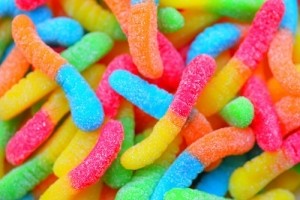
“The final juice concentrate has undergone safety studies under the direction of third party experts. Based on the information regarding the fruit, the process, and the safety data, this new, blue fruit juice concentrate is safe under its conditions of intended use.”
In general, the responsibility falls to industry to interpret and to perform its own due diligence
Asked whether there are other natural blue color additives on the market which are compliant with 21 CFR 73.250 (from fruit juice) or with 21 CFR 73.260 (from vegetable juice), he said:
“There may be other vegetable sourced materials (potentially extracts and not juices) out there that may have additional chemical reactants added to them. One may question the naturalness of these products and whether or not they can be used in the US.”
One industry source told FoodNavigator-USA: “Spirulina is a ‘first’ because it is the first unique and codified color that provides a blue shade.”
Click here to read more about the spirulina extract approval and the industry reaction.
